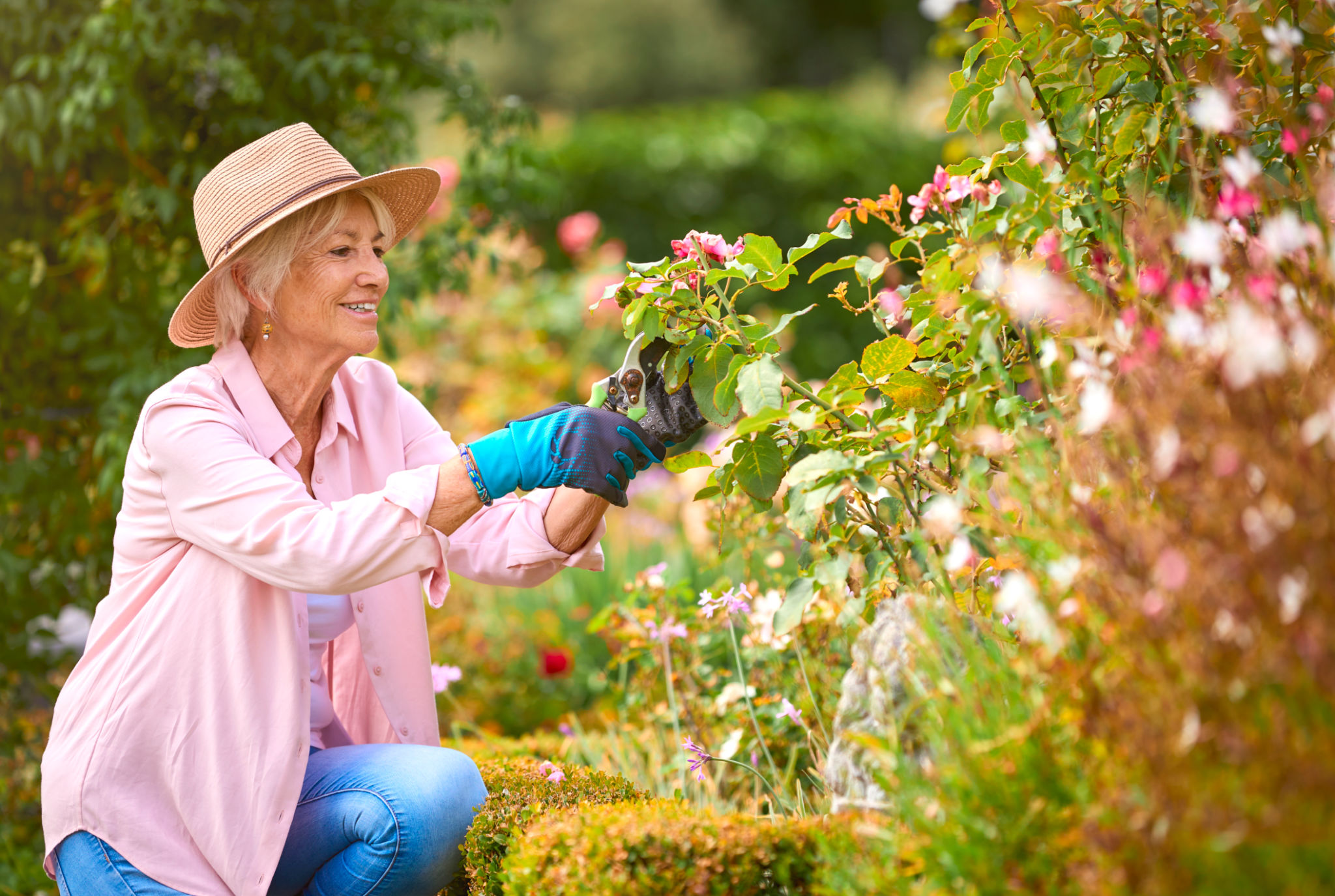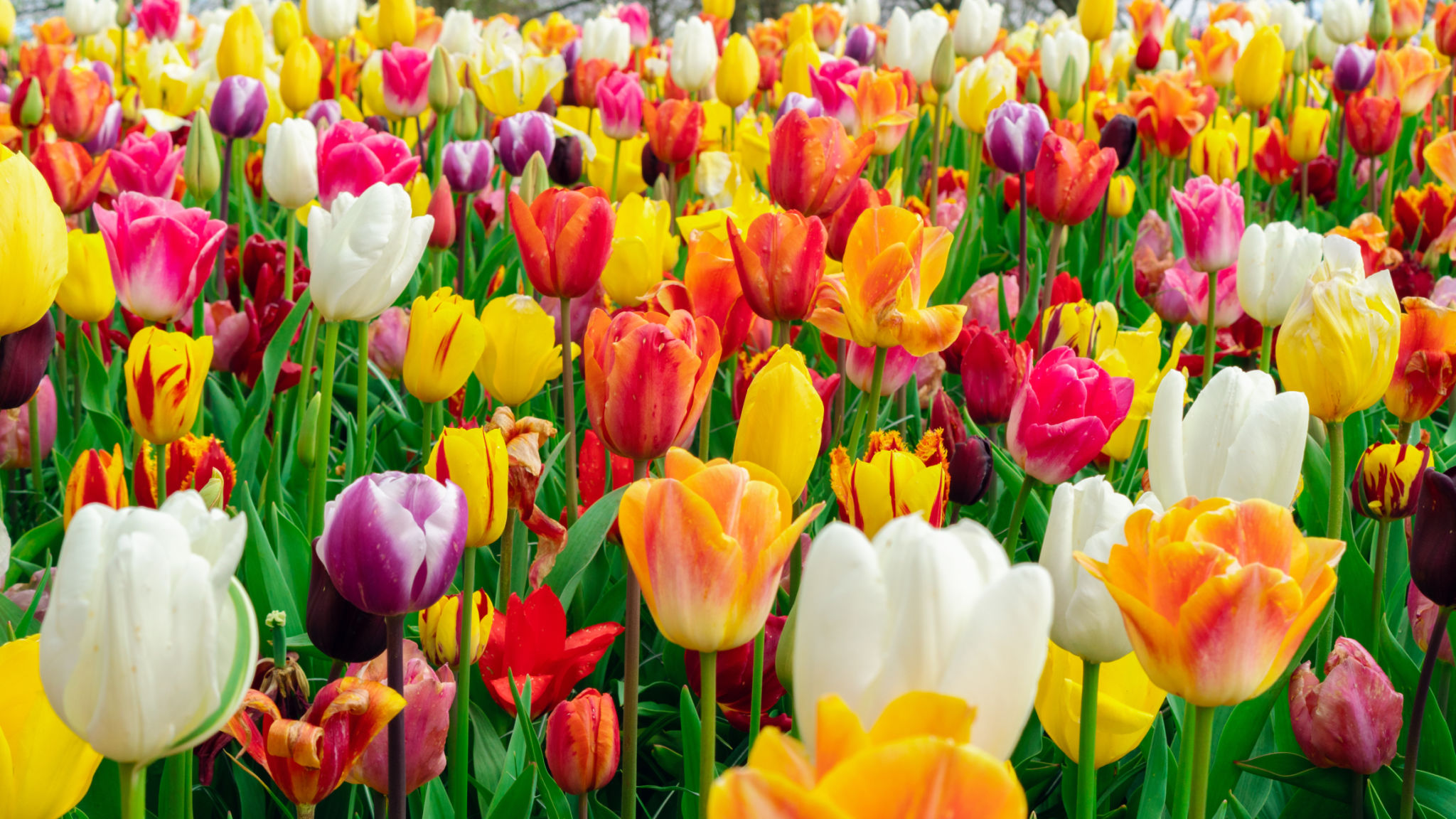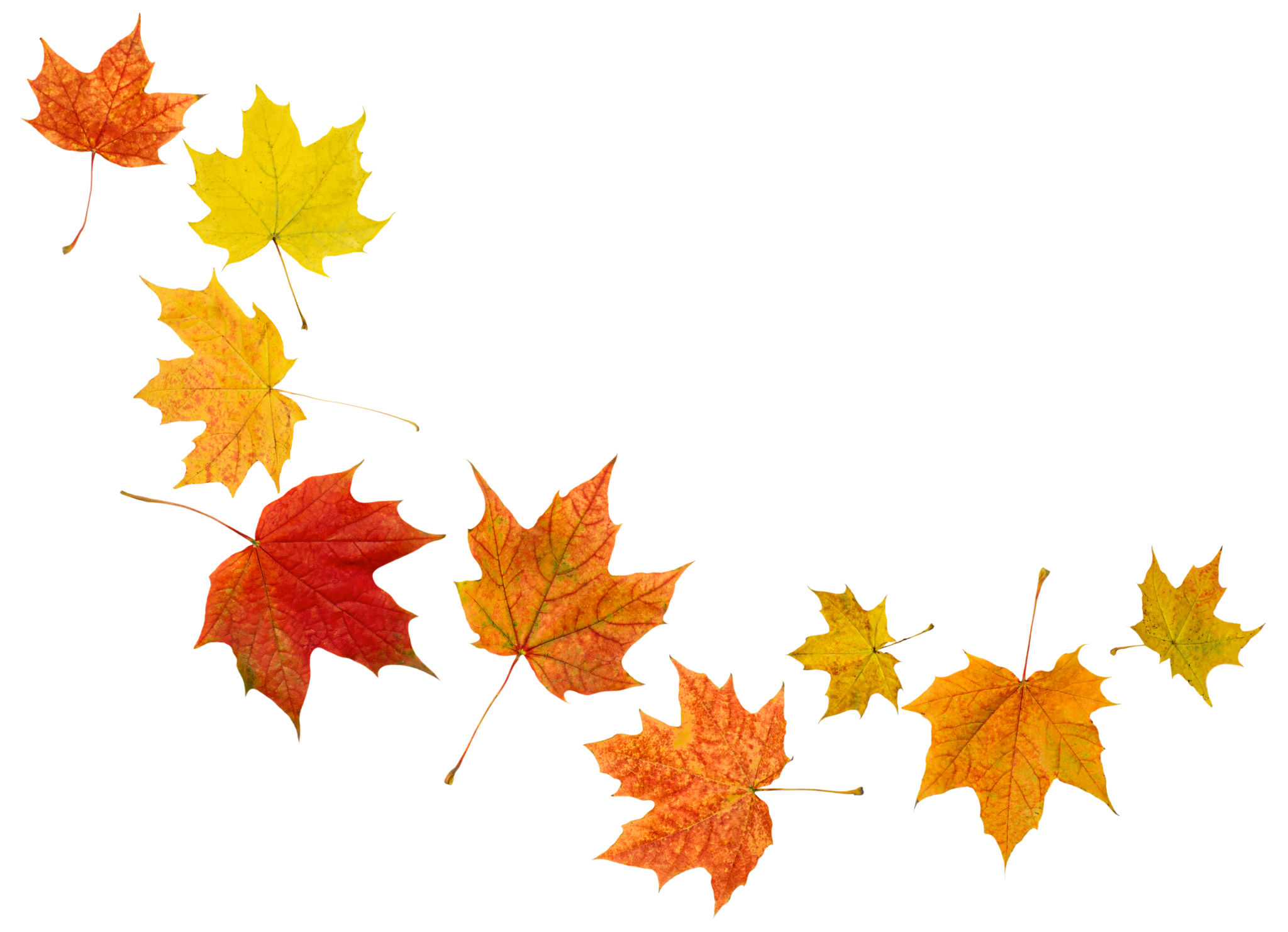Seasonal Care for the Best Air Purifying Plants: What You Need to Know
Understanding the Importance of Seasonal Care
Air purifying plants are a wonderful addition to any home, not just for their aesthetic appeal but also for their ability to improve indoor air quality. However, like all living things, they require care that varies with the seasons. Understanding the specific needs of your plants during different times of the year ensures they remain healthy and efficient at purifying the air.
Seasonal care involves adapting your plant care routine to changes in temperature, humidity, and light. Each season presents unique challenges and opportunities for growth, making it crucial to tailor your approach accordingly.

Spring: Awakening and Growth
As the days grow longer and temperatures rise, spring is a period of rejuvenation for most plants. During this time, your air purifying plants will likely experience a growth spurt. To support this, consider the following:
- Increase Watering: As plants start to grow, they will require more water. Ensure the soil remains moist but not waterlogged.
- Fertilize: Spring is an ideal time to start fertilizing your plants. Use a balanced, water-soluble fertilizer to promote healthy growth.
- Repot if Necessary: If your plant has outgrown its pot, spring is the perfect time to repot it into a larger container.

Light Adjustments
With increased sunlight in spring, it's vital to adjust your plants' exposure. While some air purifying plants thrive in direct sunlight, others may suffer from scorched leaves. Gradually introduce more light to those that can handle it, while ensuring sensitive varieties are shaded from intense rays.
Summer: Maintaining and Monitoring
Summer can be a challenging time for air purifying plants due to high temperatures and increased evaporation. To keep your plants thriving through the hottest months, consider these tips:
- Consistent Watering: The heat can dry out soil quickly, so regular watering is essential. Monitor soil moisture and adjust frequency as needed.
- Mist Your Plants: Many plants benefit from increased humidity. Misting them occasionally can help maintain moisture levels.
- Protect from Overexposure: Be mindful of the sun's intensity. Ensure that sensitive plants are not exposed to direct sunlight for extended periods.

Fall: Preparing for Dormancy
As temperatures begin to drop, fall is a time for air purifying plants to prepare for dormancy. This season requires a shift in care strategies to help your plants transition smoothly.
Reduce Watering: With slower growth rates, most plants need less water during the fall. Allow the top layer of soil to dry out before watering again.
Nutrient Management
Cutting back on fertilization during fall is advisable as plants begin to slow down their growth. Reducing nutrient intake helps them prepare for the dormant winter months without being overstimulated.

Winter: Keeping Plants Healthy Indoors
During winter, the primary challenge is maintaining a suitable environment indoors despite the cold weather outside. Low light levels and dry indoor air are common issues that need addressing.
- Supplement Lighting: Consider using grow lights to provide additional illumination to compensate for shorter daylight hours.
- Monitor Humidity: Indoor heating can reduce humidity. Using a humidifier or placing a tray of water near your plants can help maintain adequate moisture levels.
- Avoid Overwatering: With reduced growth during winter, plants require less water. Overwatering can lead to root rot and other issues.
By understanding the seasonal needs of your air purifying plants and adjusting your care routine accordingly, you can ensure they remain healthy and effective year-round. Enjoy the benefits of cleaner air and vibrant greenery in every season!